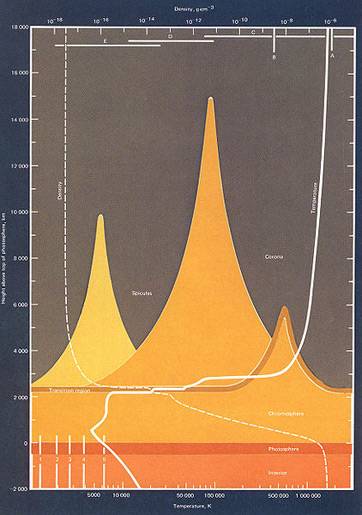JimBowie1958
Old Fogey
- Sep 25, 2011
- 63,590
- 16,753
- 2,220
Talking about the Photosphere's atmospheric pressure. I have googled for it and cannot find anything anywhere.
Does anyone have better Google-fu than I do and can find the atmospheric pressure of the Suns Photosphere?
Does anyone have better Google-fu than I do and can find the atmospheric pressure of the Suns Photosphere?


